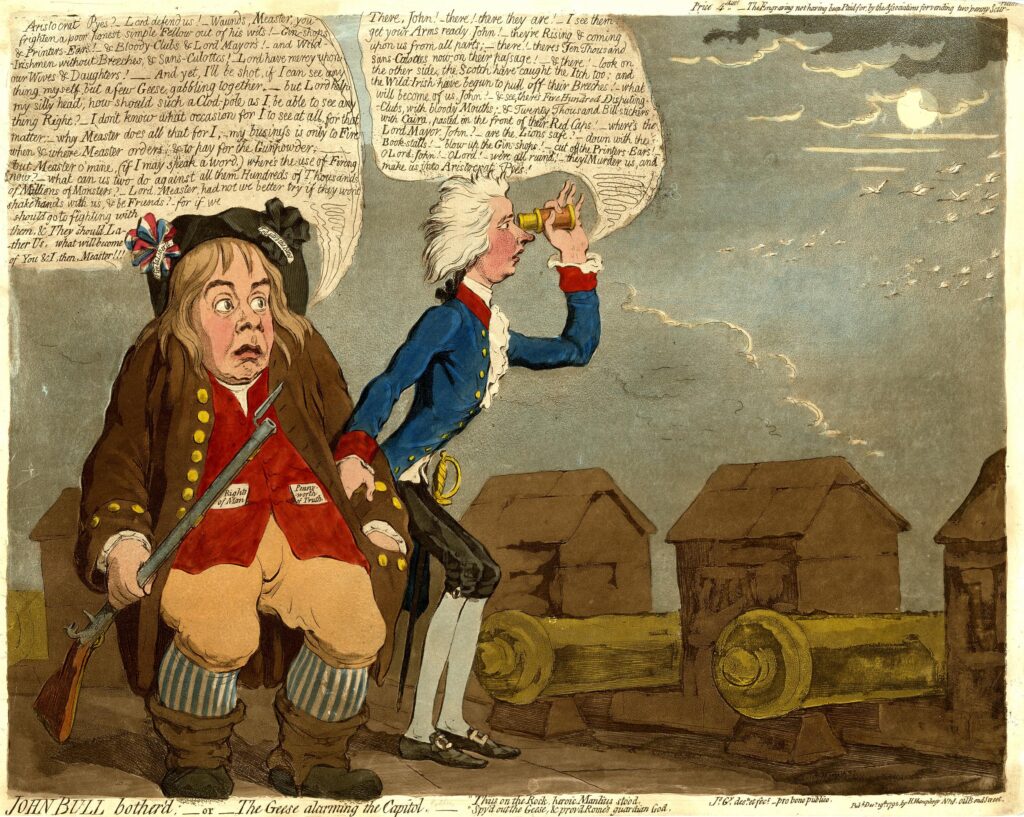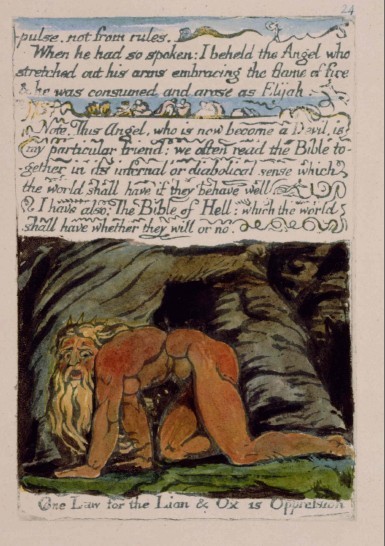This article is in production and should appear soon: Levine P (2023) Boredom at the border of philosophy: conceptual and ethical issues. Frontiers of Sociology 8:1178053. doi: 10.3389/fsoc.2023.1178053.
(And yes, I anticipate and appreciate jokes about writing yet another boring article–this time, about boredom.)
Abstract:
Boredom is a topic in philosophy. Philosophers have offered close descriptions of the experience of boredom that should inform measurement and analysis of empirical results. Notable historical authors include Seneca, Martin Heidegger, and Theodor Adorno; current philosophers have also contributed to the literature. Philosophical accounts differ in significant ways, because each theory of boredom is embedded in a broader understanding of institutions, ethics, and social justice. Empirical research and interventions to combat boredom should be conscious of those frameworks. Philosophy can also inform responses to normative questions, such as whether and when boredom is bad and whether the solution to boredom should involve changing the institutions that are perceived as boring, the ways that these institutions present themselves, or individuals’ attitudes and choices.
An excerpt:
It is worth asking whether boredom is intrinsically undesirable or wrong, not merely linked to bad outcomes (or good ones, such as realizing that one’s current activity is meaningless). One reason to ask this question is existential: we should investigate how to live well as individuals. Are we obliged not to be bored? Another reason is more pragmatic. If being bored is wrong, we might look for effective ways to express that fact, which might influence people’s behaviors. For instance, children are often scolded for being bored. If being bored is not wrong, then we shouldn’t—and probably cannot—change behavior by telling people that it’s wrong to be bored. Relatedly, when is it a valid critique of an organization or institution to claim that it causes boredom or is boring? Might it be necessary and appropriate for some institutions … to be boring?
I have not done my own original work on this topic. I wrote this piece because I was asked to. I tried to review the literature, and a peer reviewer helped me improve that overview substantially.
I especially appreciate extensive and persuasive work by Andreas Elpidorou. He strikes me as an example of a positive trend in recent academic philosophy, also exemplified by Amia Srinivasan and others of their generation. These younger philosophers (whom I do not know personally) address important and thorny questions, such as whether and when it’s OK to be bored and whether one has a right to sex under various circumstances. They are deeply immersed in relevant social science. They also read widely in literature and philosophy and find insights in unexpected places. Srinivasan likes nineteenth-century utopian socialists and feminists; Elpidorou is an analytical philosopher who can also offer insightful close readings of Heidegger.
Maybe it was a bias on my part–or the result of being taught by specific professors–but I didn’t believe that these combinations were possible while I pursued my BA and doctorate in philosophy. In those days, analytical moral and political philosophers paid some attention to macroeconomic theory but otherwise tended not to notice current social science. Certainly, they didn’t address details of measurement and method, as Elpidorou does. Continental moral and political philosophers wrote about the past, but they understood history very abstractly, and their main sources were canonical classics. Most philosophers addressed either the design of overall political and economic systems or else individual dilemmas, such as whether to have an abortion (or which people to kill with an out-of-control trolley).
To me, important issues almost always combine complex and unresolved empirical questions with several–often conflicting–normative principles. Specific problems cannot be abstracted from other issues, both individual and social. Causes and consequences vary, depending on circumstances and chance; they don’t follow universal laws.
My interest in the empirical aspects of certain topics, such as civic education and campaign finance, gradually drew me from philosophy into political science. I am now a full professor of the latter discipline, also regularly involved with the American Political Science Association. However, my original training often reminds me that normative and conceptual issues are relevant and that positivist social science cannot stand alone.
Perhaps the main lesson you learn by studying philosophy is that it’s possible to offer rigorous answers to normative questions (such as whether an individual or an institution should change when the person is bored), and not merely to express opinions about these matters. I don’t have exciting answers of my own to specific questions about boredom, but I have reviewed current philosophers who do.
Learning to be a social scientist means not only gaining proficiency with the kinds of methods and techniques that can be described in textbooks, but also knowing how to pitch a proposed study so that it attracts funding, how to navigate a specific IRB board, how to find collaborators and share work and credit with them, and what currently interests relevant specialists. These highly practical skills are essential but hard to learn in a classroom.
If I could convey advice to my 20-year-old self, I might suggest switching to political science in order to gain a more systematic and rigorous training in the empirical methods and practical know-how that I have learned–incompletely and slowly–during decades on the job. But if I were 20 now, I might stick with philosophy, seeing that it is again possible to combine normative analysis, empirical research, and insights from diverse historical sources to address a wide range of vital human problems.
See also: analytical moral philosophy as a way of life; six types of claim: descriptive, causal, conceptual, classificatory, interpretive, and normative; is all truth scientific truth? etc.


